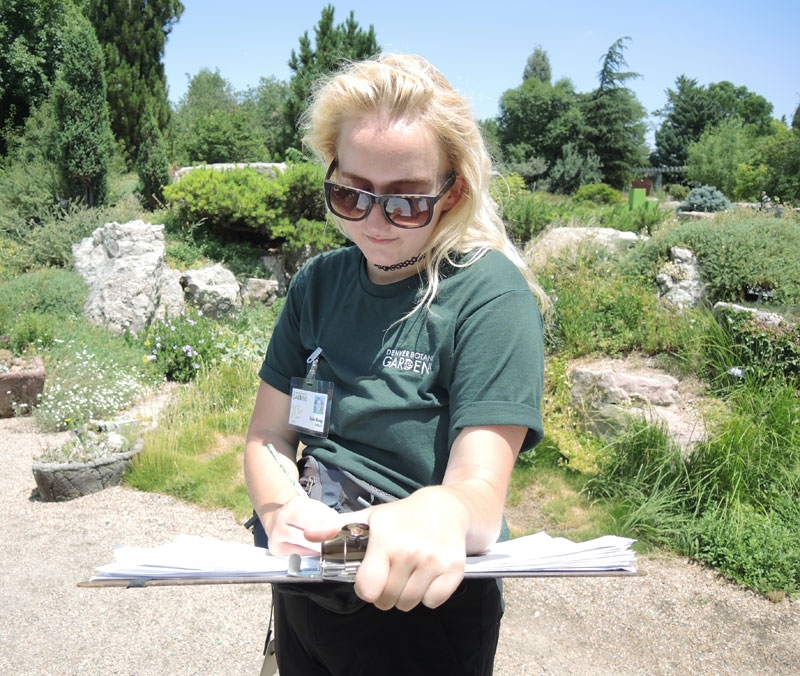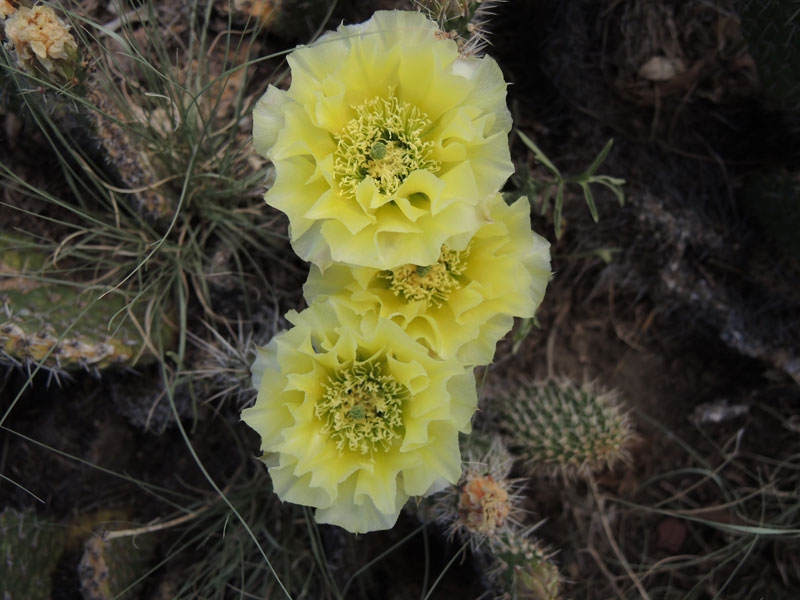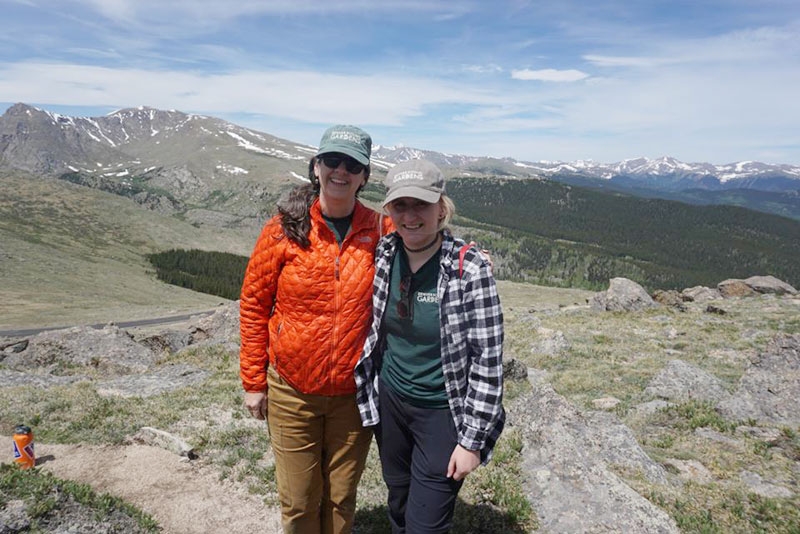Case Files of a Plant Investigator
When my professor, Dr. Gerber of the University of Wisconsin-La Crosse, suggested that I apply for an internship at a botanic garden, I jumped at the opportunity to see what working at an institute that values conservation would be like. I have always been interested in living out west, so I was hoping to find an internship that was in Colorado. When I found Denver Botanic Gardens, I knew it would be the perfect place for me to learn about native plants, continue my plant biology education and explore the mountains.
The Plant Records Department consists of a group of women who work year-round to stay up-to-date on the location, blooms and new additions of plants to the collection. Every year, the Horticulture Department sits down to discuss the most important mapping projects for the summer. My main project was to map the new Nexus Garden that Nick Daniel, Gardens horticulture specialist for the cactus and succulent collection, installed with hardy cacti, highlighting a collection of Opuntia hybrids that were developed by a local nursery. Holly Parrott, Gardens plant mapping specialist and one of my amazing mentors, and I would go out to the garden with a tape measure in order to accurately map plants by scaling down the size of the garden into a map-appropriate size.
In addition to measuring distances for accuracy, we relied on the stones in the garden that had been precisely mapped using a drone to aid in placing plants on our map. Identifying plants and the sources of plants required either help from the horticulturist of this garden or the help of accession tags placed near the specific species. We often refer to ourselves as “plant investigators” when going through this multifaceted process. After the “plant investigation” was done, I would submit plant locations and photographs into our database.
In the future, the plant records team will periodically check on the garden to update the status of the plants and note accordingly. Keeping the database up-to-date is a never-ending process. It is important to map plants so that both the public and the staff can find where a plant is. In addition, a physical description, habit, blooming nature, health, source and important dates are all recorded to maintain accuracy. All of this information can be accessed by the public through the Gardens Navigator plant database website.
One of my other minor projects included weekly mappings in the Steppe Garden with Holly. We would frequently map in the Rock Alpine Garden with Mike Kintgen, the curator of the vast rock alpine collection. These gardens are constantly changing and thus need to have continuous attention from the plant records team. In addition, my job included photographing current blooms and measuring hardscape such as troughs, raised beds or stones for the base map. I became proficient in AutoCAD by creating these new map features, which was a bonus to this internship.
Through my work, I learned about many of the plants that are native to Colorado, such as spotted evening primrose, yucca, and the vast amount of Penstemon species. Learning these species from the horticulturists at Denver Botanic Gardens was a once in a lifetime experience. The Gardens taught me so much about the Colorado flora, and the importance of mapping plants. I will carry the experiences with me through the rest of my undergraduate degree and will use my acquired skills to apply for graduate school. Through this internship I discovered that I would love to further my studies in native species conservation. This internship made me eager for my future endeavors with all that the plant world has to offer.
This blog post was written by plant records intern Skylar Burg. Skylar is a senior at University Wisconsin-La Crosse, where she is majoring in biology with an emphasis on plants and fungus, and a minor in geography. Skylar loves exploring the native flora of Wisconsin in her free time and takes care of her campus greenhouse. As the plant records intern, she is excited to learn about Colorado’s native flora and to experience working with plants and conservation.
Gallery



Add new comment